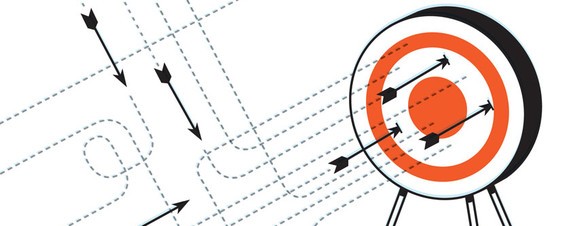10 Steps to pick a targetdate fund
Post on: 13 Апрель, 2015 No Comment

Story Highlights
Three, many fund firms offer multiple variations of their TDFs. Kieckhefer’s advice: Eliminate provider duplication of TDFs.
Four, Kieckhefer suggests identifying a minimum number of assets classes (or underlying mutual funds) that you want to make up your TDF and screening out those funds that don’t meet your criteria. For instance, the average number of funds in TDFs ranges from 10 to 40, according to a Morningstar report. What’s more, some funds might include emerging market funds and REITs, while others might not.
Diversification is essential, wrote Kieckhefer. While it does not protect against market risk or guarantee that the portfolio will enhance overall returns or outperform a non-diversified portfolio, it does spread (an investor’s) investment across more asset classes in the event one (or more) of the asset classes underperforms the market.
Kieckhefer’s advice: Consider working with an adviser if you can’t figure out the minimum number of mutual funds you want in your TDF.
Five, determine also whether you want the underlying investments in your TDF to be actively or passively managed, or a combination of both. This might be an important factor for some, but not for others, according to Kieckhefer.
Six, consider, too, whether you want a TDF with open or closed architecture. According to Kieckhefer, an open architecture TDF manager uses funds from a variety of investment companies, where a closed architecture TDF manager generally uses proprietary funds or funds from an affiliate.
Seven, what glide path do you want? Some TDFs have aggressive glide paths, while others are conservative. You should focus on the rate of change and the timing of the change in allocation, according to Kieckhefer. The largest diversion in the asset allocation, from fund family to fund family, occurs in those funds closest to today’s date, he wrote. At this point, you can eliminate the TDFs whose glide path is too aggressive or too conservative.
Once you have completed these seven steps, you should be left with just a handful of TDF firms from which to choose, according to Kieckhefer. The next three steps require that you review the overall performance on the one-, three- and five-year basis or longer if available. Since retirement savings is long-term investing, I suggest focusing on, at a minimum, the five-year numbers, he wrote.
Consider, too, TDFs that are consistent performers, and that’s especially so if your anticipated retirement date is within 15 years. The reason: As you reach your retirement date, you have less time to recover from a market downturn. You want these funds to be consistent and have less market risk, Kieckhefer wrote.
And last, Kieckhefer recommends searching for those TDFs that have the lowest expense ratios. Others, however, suggest that you might eliminate some very good TDFs — including those that invest in alternative investments and real estate — if you search only for TDFs with the lowest fees. The cheapest funds are not necessarily the best, nor are the expensive funds always the worst, says Christine Russell, a retirement strategist with Christine Russell Retirement Consulting in King Of Prussia, Pa.
Robert Powell is editor of Retirement Weekly. E-mail him at rpowell@allthingsretirement.com .














